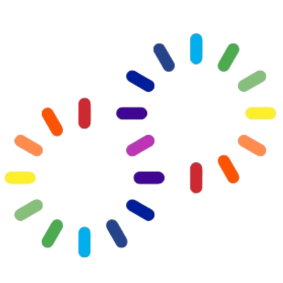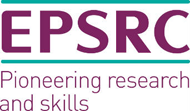DSTL PhD
Optical communications in the fibre domain is a matured technology which at a component level is now low cost and readily available. The optical transmitters (such as lasers or light emitting diodes) have been researched heavily since the 1960s specifically to solve the task of high data rates through glass/polymer fibre. The wavelengths selected are for the transmission windows observed in glass for long distance communications. Although these devices are the most commercialised they are not suited for free space optical communications (FSOC) in all weather conditions. The difference between fibre-coupled (FC) and FSOC systems is the transmission medium between transmitter and detector. Atmospheric conditions are a key variable in FSOC, which primarily affect the detectable distances (link distance). Research is being completed on higher power transmitters (although eye safety is an issue), more sensitive detectors (noise and atmospheric effects are still prevalent) and waveform design. These mitigation techniques still require photons to reach the required distance.
The troposphere has transmission windows at the wavelengths of 5μm and above 8μm. It’s been shown that optical communications are highly affected by fog, but are typically stable with other metrological conditions. Hence, an all-purpose FSOC system would be beneficial for all use-cases.
The mid-IR is of importance due to windows with high transmission coefficient in the atmosphere. Mie and Rayleigh scattering are reduced, as e.g. Rayleigh scattering is proportional to λ-4. Quantum cascade lasers (QCLs) offer access to the ~4-16μm wavelength bands offering high power, low weight, robust sources. Direct modulation rates of QCLs can be very high due to the unipolar nature of the device leading to picoseconds carrier lifetimes (transit time) rather than the electron-hole pair lifetimes (nanoseconds). Capacitance can also be low as the active element is comparatively wide compared to traditional structures (Capacitance = (area * dielectric constant)/ active element thickness).
Usually, QCLs are deployed for sensing applications, where high power and narrow (controllable) linewidth. This project addresses QCL modulation and optical communications. It will address fundamental research for the transmitter of a mid-IR optical communications system. This encompasses, chip layout and design for high speed direct modulation, analysis and engineering of modulation dynamics, and test-bed demonstrations either in-house or through collaboration.
In recent years quantum-cascade lasers (QCLs) have become a key research area to be able to extend the wavelength range of semiconductor lasers where traditional quaternary alloys have existed. This project’s aim is to study the suitability of 10μm QCLs for applications in FSOC and the link resiliency to common atmospheric conditions. Several aspects will be focused on, design of the semiconductor material (which will involve modelling/simulation), fabrication methods and characterisation of the devices. Working test devices will then be tested at the University of Edinburgh’s multi-purpose communications testbed. The process can repeated be throughout the lifetime of the project in order allow for improvements and feedback.





